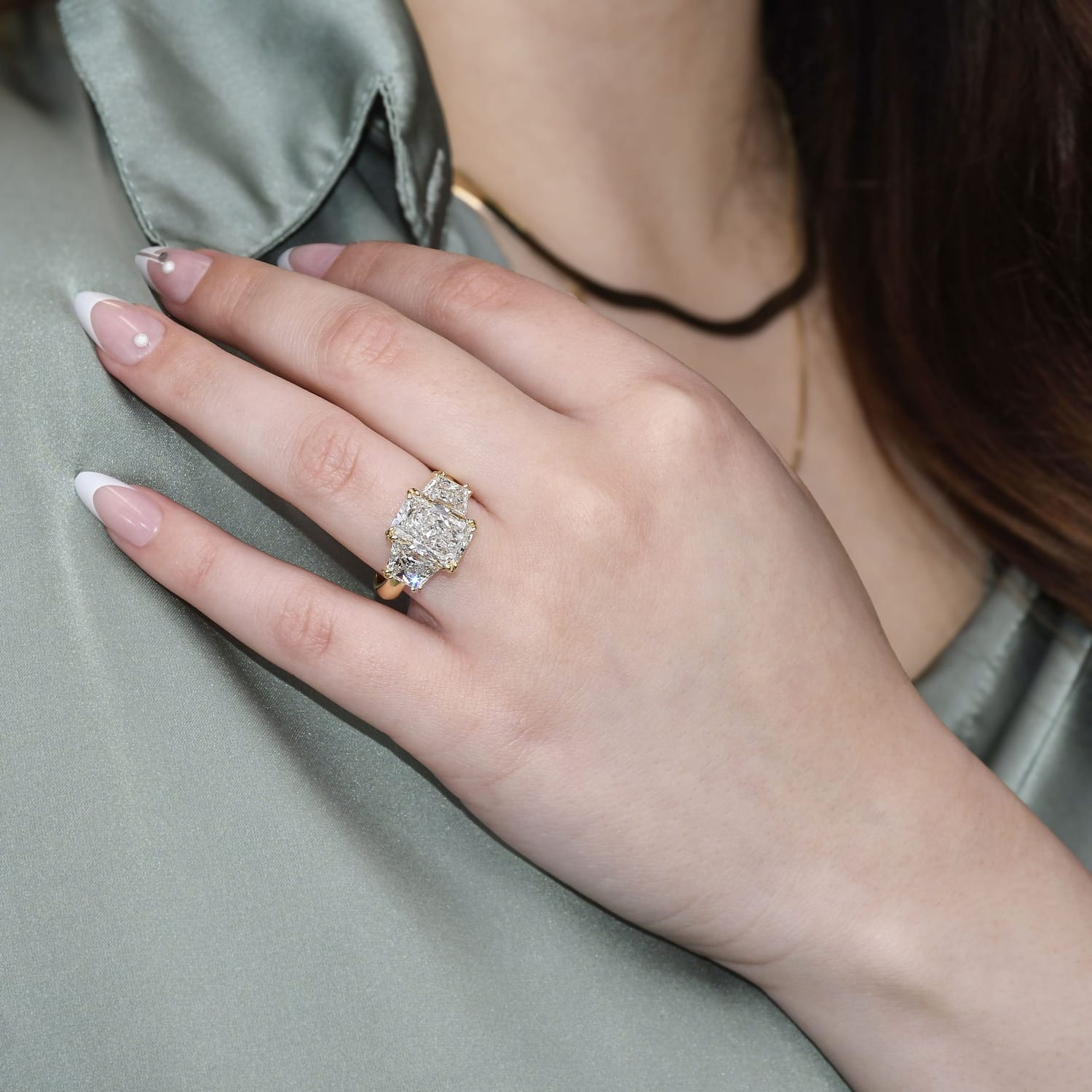Ring Education: Metal Guide
Every ring tells a story, and the metal from which it's crafted plays a crucial role in narrating its tale. From the opulent shimmer of precious metals to the modern allure of alternative ones, the choice of metal can express personal style, cultural significance, and even history. In this journey of understanding metal choices, we'll delve into the characteristics, pros, and cons of the most popular metals used in ring-making. Whether it's the radiant sheen of gold or the contemporary charm of zirconium, understanding the nature of these metals can greatly enhance the ring selection process.

IN CONCLUSION:
The world of metals is as vast and varied as the personalities they adorn. Each metal, with its unique properties, has its place in the realm of jewelry, adding its distinct touch to the piece. Whether you're drawn to the timeless elegance of gold or the modern vibe of tungsten carbide, the choice of metal is a reflection of individuality. As you embark on this personal journey of selecting the perfect ring, may the knowledge of metals guide you to a choice that resonates with your style and story.
PRECIOUS METALS
Gold
- Colors:
- Yellow Gold - The classic hue of gold resulting from the combination of gold, silver, and copper.
- White Gold - Gold alloyed with a mix of nickel, silver, and zinc to give it a silvery white color with a minor yellow tint. White gold jewelry is traditionally finished with a rhodium plating to remove any hint of yellow and make it bright white. There are, however, white gold alloys utilizing palladium that may not require rhodium plating due to the purer white color of these alloys.
-
Rose Gold - Gold combined with a significant amount of copper for a pinkish-red hue.

- Alloys: Pure gold (24 karat) is too soft for daily wear, so it's alloyed with other metals for strength. Commonly used gold in jewelry:
- 18K Gold - 75% gold, more resistant to wear and tear compared with 24K.
- 14K Gold - 58.3% gold, a good balance between durability and purity.
- 10K Gold - 41.7% gold, very durable but less luxurious, and may become brittle over time due to its relatively low gold content.
Pros: White gold is exceptionally durable, gold jewelry is highly valued, timeless appeal, malleable, resists rust, tarnish, and corrosion.
Cons: White gold typically requires rhodium plating to maintain its white color, rose gold is commonly extremely soft and may bend easily, higher karats or yellow and rose gold are softer and might bend or scratch more easily.
PLATINUM
SILVER
ALTERNATIVE METALS
Alternative Metals are commonly used for men's wedding bands and fashion jewelry.
Note: Probably the most important thing to keep in mind when considering alternative metal jewelry is that jewelers will not usually work on these types of metals. In nearly all cases, alternative metal rings cannot be sized, and due to their extremely high melting temperatures and hardness these metals are not malleable or workable.









